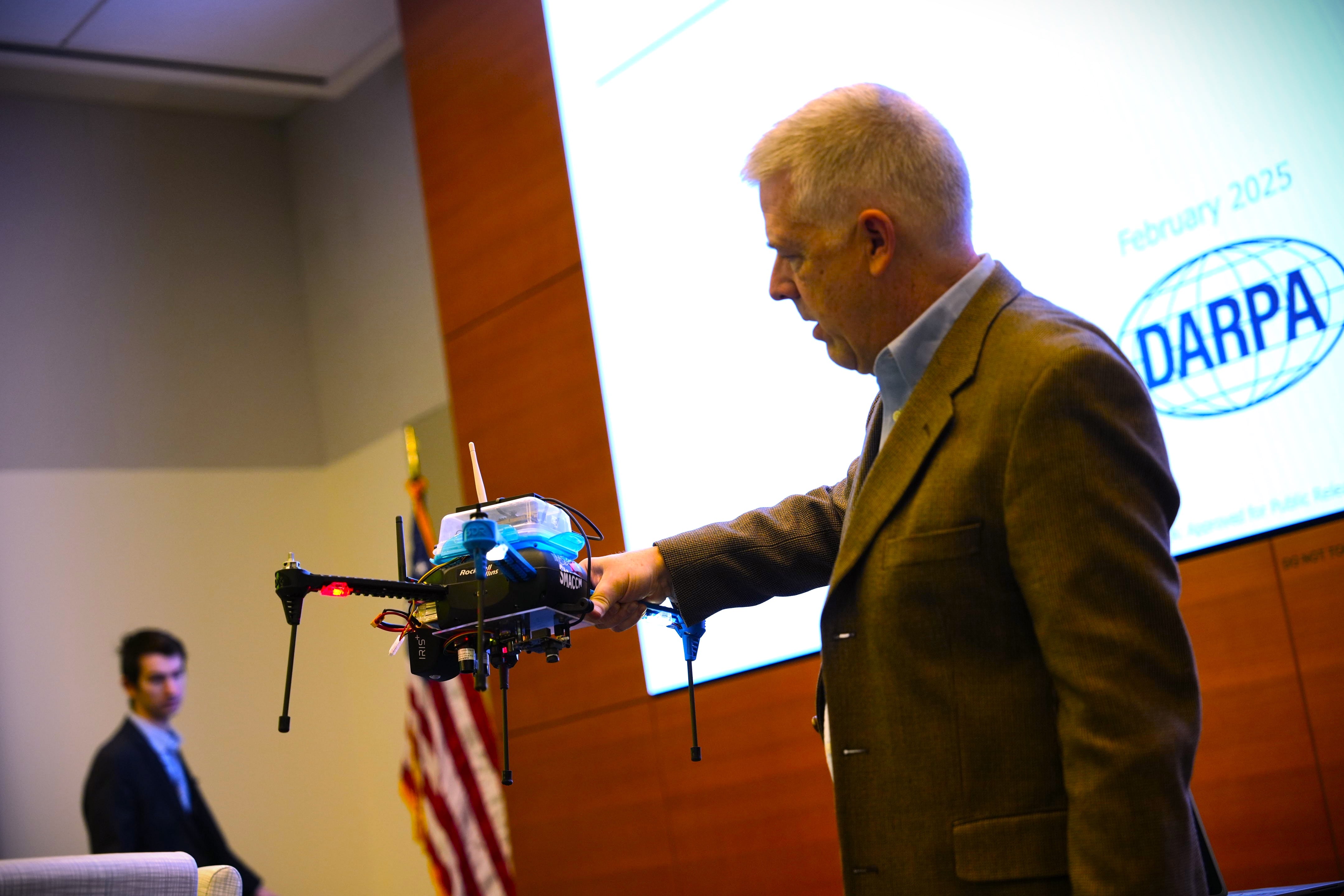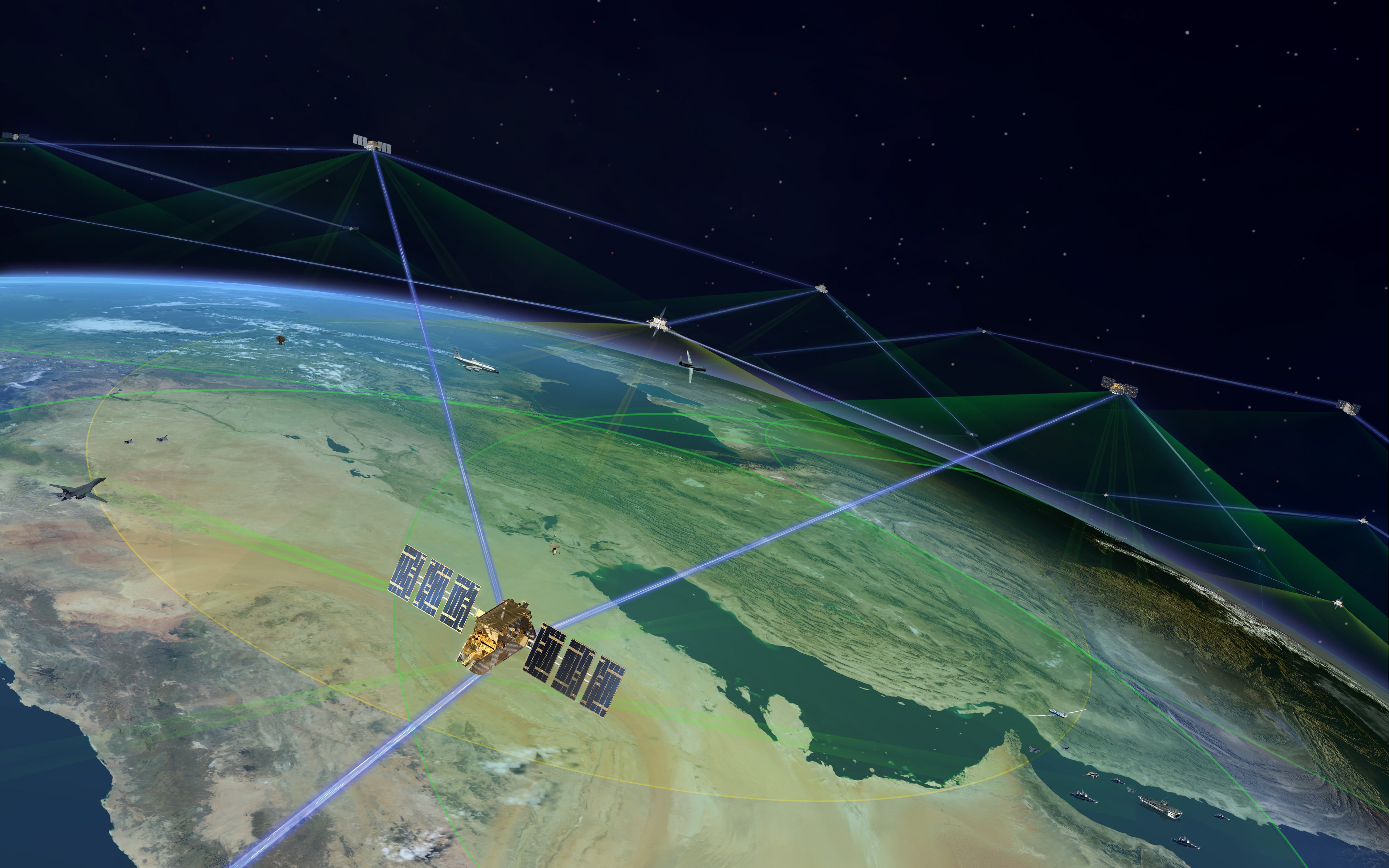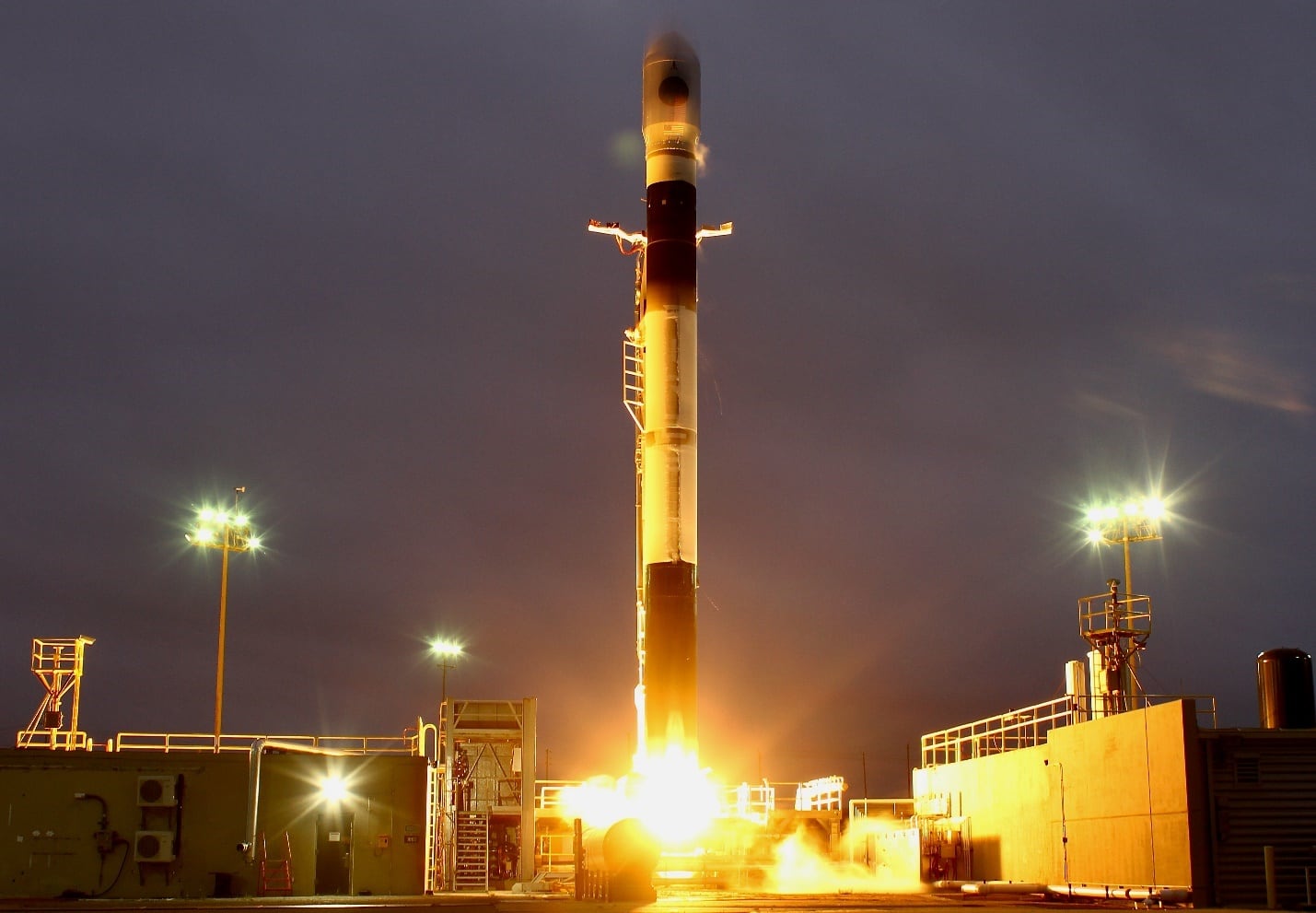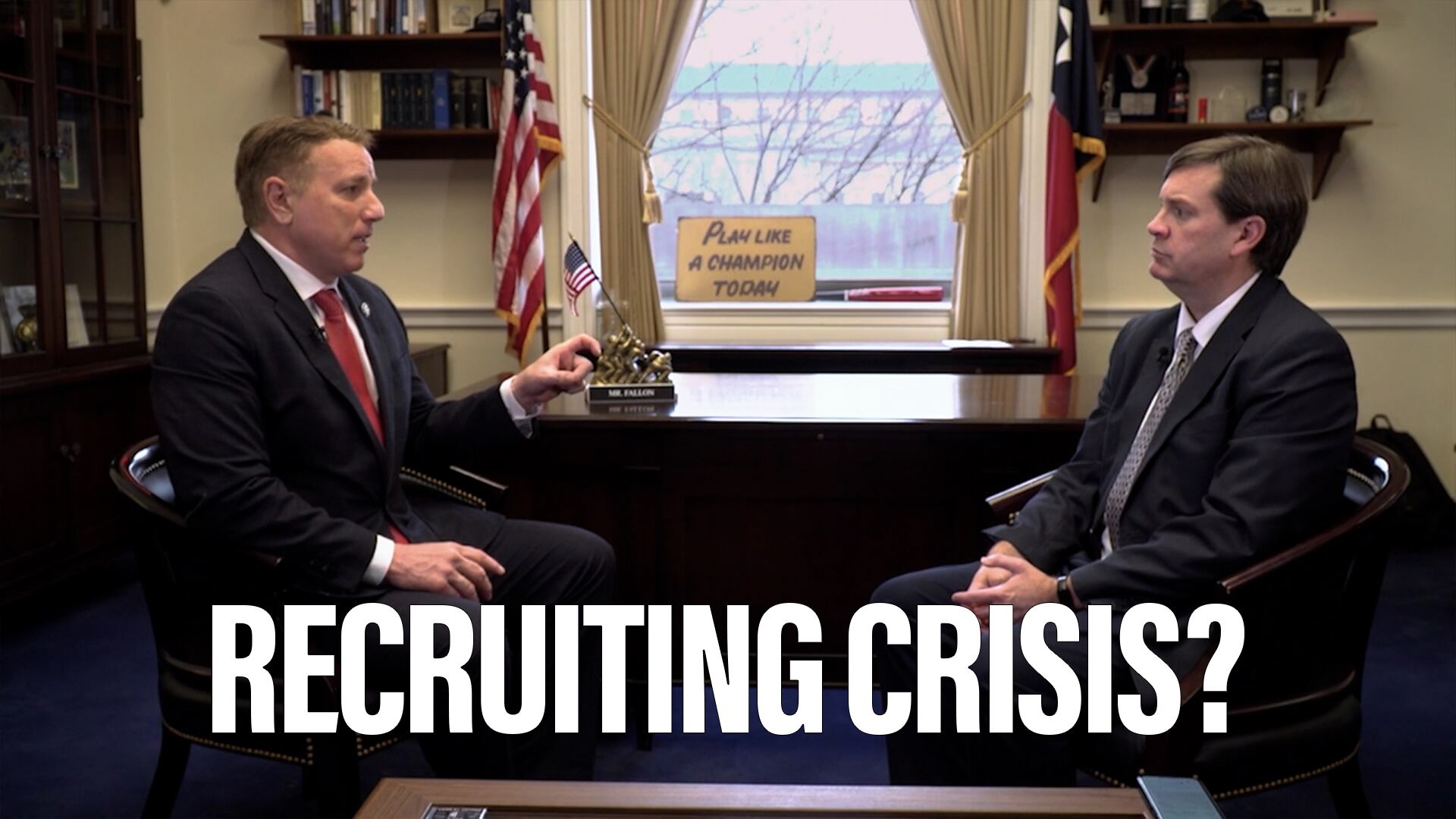Maj. Gen. Randy Taylor led the Army’s sustainment efforts for the past two years as leader of Communications-Electronics Command at Aberdeen Proving Ground, Maryland. CECOM works to repair, restore and maintain all the Army’s communications, electronics, cyber and intelligence equipment once it’s been used by soldiers.
In June, Maj. Gen. Mitchell Kilgo took over Taylor’s position at CECOM and Taylor departed for U.S. Strategic Command. Before he left, Taylor spoke with C4ISRNET staff reporter Mark Pomerleau.
C4ISRNET: You are leaving CECOM this summer after two years. What’s changed?
MAJ. GEN. RANDY TAYLOR: Fifty-five to 70 percent of, not just time, but expense is in sustainment. Every dollar that we don’t use appropriately on the sustainment side takes a dollar away from [new programs]. One simple, but not glamorous thing that has made a tremendous impact is just making sure that — when it comes to sustaining C5ISR on the battlefield — the parts we need are at the right place at the right time.
We’ve gone from, no kidding, like 77 percent supply availability with these parts two years ago to now this year we are currently at 90 percent and we’re going to finish this fiscal year at 93 percent supply availability. Transformational.
In our world, a part — the piece of a complicated platform or just the mission command system — might be the difference between it working or not, between somebody fighting or winning or not … living or dying.
C4ISRNET: Are you using any emerging technologies to get those parts in the right place at the right time?
TAYLOR: We’re looking at these platforms that already have built-in sensors and built-in discipline of really getting that feedback on usage, on wear and sustainment demand. We’re starting there when it comes to applying AI to sustainment.
I see C5ISR being a natural progression of that, but not the best place to start because even though things are becoming more and more connected, a lot of this is still very disparate networks, the disparate ability to monitor usage and age, etc.
C4ISRNET: What about using AI with the network?
TAYLOR: That’s incredibly interesting because it is so tempting for us as an institution to go out and modernize the network by buying the latest and greatest, spiral develop it — field a different capability set every two years and get all this new stuff and all the varieties between different units and this piece of network gear and that piece of network gear and then forget about sustainment in our hubris or excitement to modernize. Then this all comes crashing down a couple years from now because we didn’t have the demand history to know how to start the parts, train the technicians, and different units have different equipment. Organically, we just haven’t prepared ourselves to take all that on.
So, on the new modernized network, we have a mnemonic device to help remember this: Five-three-one.
Starting with five: that is acquire these new C5ISR capabilities with a five-year warranty from the manufacturer. Even though that doesn’t sound exciting, it is very significant. Most of the time this stuff just comes with a one-year warranty. And these warranties cost money and every dollar a program manager spends on a warranty is one less dollar he can put toward a quantity increase.
That five-year warranty gives us the lead time we need as an Army and at CECOM; it gives us lead time so by year three — that’s the three in five-three-one — the Army makes a decision to keep or kill. Basically, to sustain or not the thing we just modernized.
Some of it we’ll kill by saying, “Okay, that technology is perishable, Moore’s Law. We want to replace it with the next best thing so why sustain it?” Or we might say, “It’s low cost; it’s essentially disposable.”
C4ISRNET: Is that a new approach from years past?
TAYLOR: Absolutely. Institutionally, we do a terrible job deciding to end things. We have a tendency to perpetuate indefinitely until there’s some kind of compelling decision point that forces us to that.
We’re not really designed now to think about it that deliberately, that early. So, we’re working with Army Futures Command, who can help lead that decision-making. And then — if the Army decides to sustain it, keep it past its warranty period ... five years in most cases — we have to decide, okay, then who’s going to sustain it? Most of that will be sustained by CECOM. Then we have to work out a plan to transition it over to sustainment.
C4ISRNET: Does that change how the network will look?
TAYLOR: The network writ large, for as long as this discussion is relevant, will consist of new parts and old parts. Modernized network cross-functional team parts and legacy? That’s already in the field that will be out there in some form.
The biggest thing on an enterprise level that’s keeping the rates from being higher is the fact that a large amount of what is fielded in the network has never gone back to the depot for reset, repair, overall, anything like that.
When you pick that apart, the reason it hasn’t gone back is we’ve made it, in the past, too hard to get it back to the depot. It’s taken too long. All of the legacy radios. All of the WIN-T components to include Point-of-Presence and Soldier Network Extension, radars, generators, night-vision devices …
Back under the [Army Force Generation] model when we had about six months to reset, this was alright. But still, people didn’t turn their stuff in. Nobody wanted to be without their equipment for six months because we were taking all of six months and then some at the depot to turn this thing and send it back to them. We’ve since completely changed that.
C4ISRNET: How so?
TAYLOR: Now, the C5ISR units can bring in basically all their major C5ISR platforms, turn them all in and then almost immediately drive away with something that’s been totally refurbished. We’ve started already to do that in partnership with Forces Command, which gives us the priorities.
We’ve seen a big spike in turning this stuff around, which really helps improve operational readiness. At the same time, we’re doing all that. We made great strides in something we call “repair cycle time.”
Take something like a Satellite Transportable Terminal. We used to take over six months to turn an STT to overhaul it, send it back. We do that now in less than two months. But units don’t even have to wait that long because they have a repair cycle flow. Everything is accelerated now so that we can better modernize the old, introduce the new and keep this capable as we go forward.
C4ISRNET: What kinds of challenges are ahead in software?
TAYLOR: A big challenge with software is intellectual property.
It used to be the way we looked at intellectual property rights is we kind of saw it as a binary decision. The government either bought it or we didn’t. Most times we didn’t because it was very expensive to buy it … They developed it, they give us capabilities we contracted for, but they own the inner workings of it.
Same thing on the hardware side. We have someone build a platform, they give us a platform, but they don’t give all the engineering diagrams and all the specs on how to build the subcomponents.
But we found we were at these very vulnerable points where something became obsolete, meaning we had a part on a platform and then, for example, the manufacturer stopped making it because there was no business case or maybe a sub vendor went out of business, and now we had to manufacture it organically or hire someone else, but we didn’t have the intellectual property. So, it took forever to re-engineer it.
C4ISRNET: And the same with software?
TAYLOR: Same thing on the software side. We didn’t have the code and it would just be too expensive then to try to figure it out on our own.
What we do now is we have an agreement saying if any of these trigger events occur in the future, I’m going to have rights to this intellectual property you developed. I, the government, will have rights, and it’s going to be at a pre-negotiated price.
And what we’re going to do to protect each one of us here is we’re going to hold your intellectual property with a third, neutral party that will hold your software. You’ll be required to update it, keep it current, they will protect it from the government or any competitor seeing it until these trigger events occur and then I will pay you for what I need when I need it.
That is a brand-new way of doing business. It’s been in practice a little bit in industry but not in the Department of Defense.
C4ISRNET: That’s important if a new radar signature comes up and you need to make a quick change.
TAYLOR: Absolutely. Anything. The threat environment changes, you’ve got to get in there.
C4ISRNET: What about software licenses?
TAYLOR: If you look at the trend of how software sustainment was going, before we did a big course correction, we were approaching the point theoretically where all our sustainment dollars would go to software and [we would] have nothing left for the hardware.
We got that under control now. A big part of that rebalancing is reducing the licensing cost.
It first started with getting to fewer baselines because it kind of got away from us in the surge and in the war years. We had so many different versions of different software and different platforms. So, we worked with the [program executive offices] and consolidated that down to the minimum feasible number of baselines.
We’ve also negotiated some better enterprise licenses and there have been some efficiencies there.
Right now, on the sustainment side, the folks that go in and make these modifications for the government, we’re going from what was 43 contracts now being reduced to 34 sustainment contracts.
That’s still a lot but that’s a huge inefficiency there.
Mark Pomerleau is a reporter for C4ISRNET, covering information warfare and cyberspace.








